from http://www.helenstoreyfoundation.org/wonderland/1.htm
The Disappearing Dresses are the result of a process that began 2 years ago when Helen began talking to scientist Professor Tony Ryan OBE, who is a polymer chemist at the University of Sheffield. Using the symbols of the dissolving dress and other works that have arisen as a result of the collaboration, Wonderland shines light on the wider and much greater issues of sustainability and ethical living. A work perhaps vulnerable to cynicism, it demands and suggests intelligent change through brave collaboration and experiment.
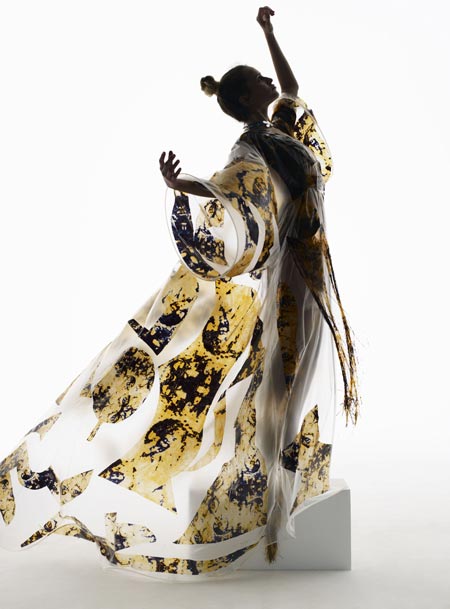

http://www.showstudio.com/projects/wonderland/movie/
This video shot by Nick Knight shows model Alice Dellal being submerged in water clothed in a fully biodegradable garment, and it dissolving revealing her body within 10 seconds.
Storey, still working with Prof. Tony Ryan, is now working on furhter products based on their research:
The disappearing bottle - inspired by Helen's original concept of a plastic bottle that would have an intelligent relationship with its contents. By using a specially developed polymer to make the bottle, once empty it can be dissolved in hot water - when the solution cools down it makes a room-temperature gel - seeds (encased in a pepper-pot lid) planted in the fertile gel grow from the waste.
Water purification products: In the third world the most readily available source of power is human muscle. The water purification products use reverse osmosis and human energy to create clean from contaminated water.
Free Feet: This is a 'second skin' for the underside of the foot; a running shoe with no uppers. It is moulded from a polymer and has adhesive patches at the heel, ball of foot and big-toe. The commercial potential is four-fold (1) medical device for people with sensitive and swollen feet who cannot wear conventional shoes (2) orthopedic device to encourage good posture through effectively walking barefoot (3) foot protection for people who normally do not wear shoes and suffer from skin damage and infection as a result (4) fashion. This product is being developed in collaboration with Terraplana Ltd.
Here's some more images of the soluble textile:
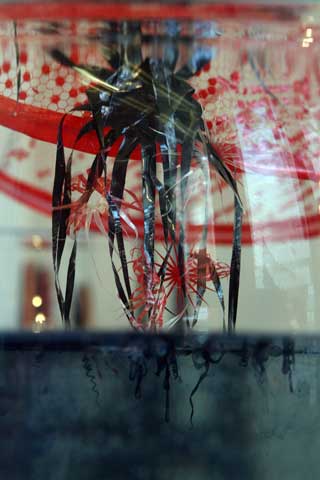
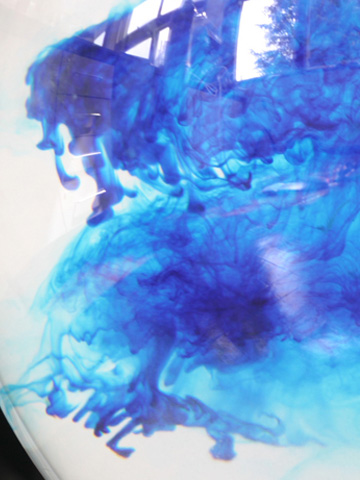
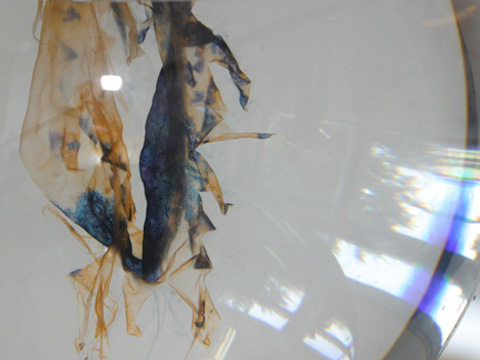
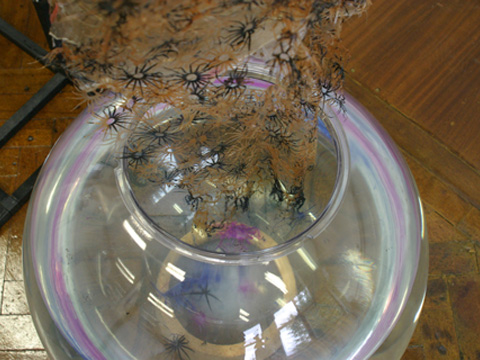
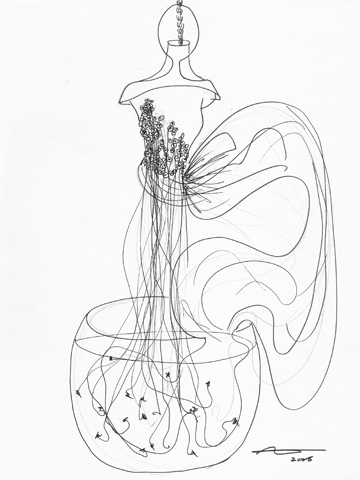
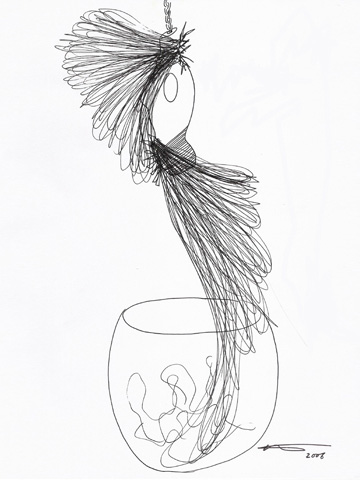
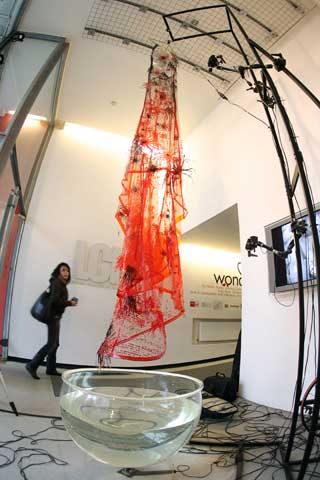

(This image by Nick Knight)
WOWSER!!!














